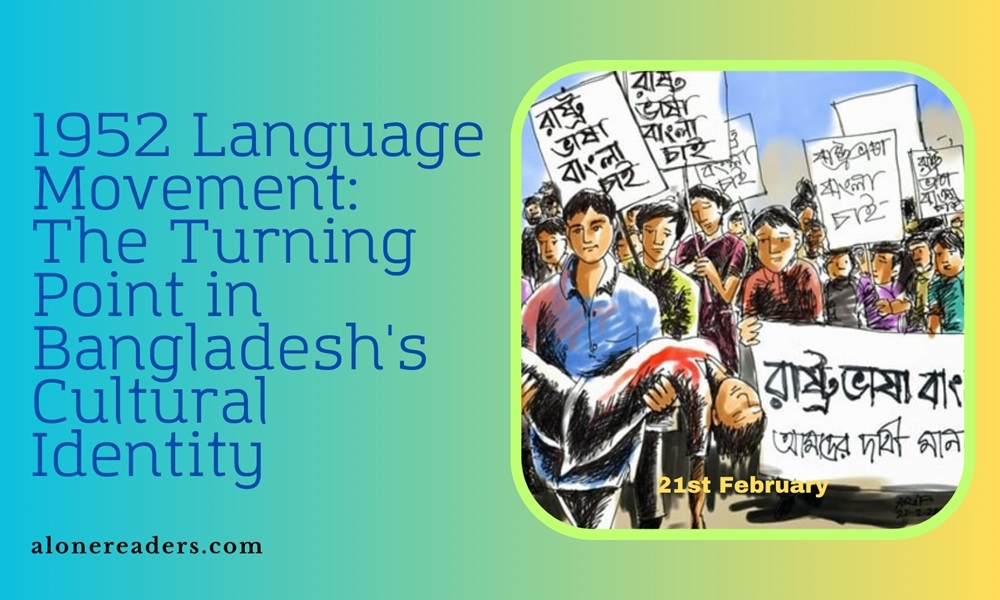
The Language Movement of 1952 in Bangladesh, then East Pakistan, stands as a significant event in the nation's history, symbolizing the struggle for cultural identity and linguistic rights. This movement not only highlighted the importance of the Bengali language but also laid the foundation for the nation's eventual independence.
Pre-Partition Background
Before delving into the events of 1952, it's crucial to understand the historical context. Prior to the partition of India in 1947, the region of Bengal was a diverse melting pot of cultures and languages. The partition led to the creation of East and West Pakistan, separating the Bengali-speaking population in the East from the Urdu and Punjabi-speaking majority in the West.
The Language Controversy
Post-partition, the government of Pakistan attempted to impose Urdu as the sole national language. This move was met with strong opposition in East Pakistan, where Bengali was spoken by the majority. The refusal to acknowledge Bengali as a state language was seen as a direct attack on the cultural identity of the Bengali-speaking population.
The Protest Begins
The resistance began to take shape in 1948, with students from the University of Dhaka and other political activists leading the charge. The demand was simple yet powerful – recognition of Bengali as one of the state languages.
Key Events Leading to 1952
The movement gained momentum over the next few years, culminating in a series of events in early 1952. The government's persistent refusal to recognize Bengali and the imposition of Urdu incited widespread unrest.
The Fateful Day
February 21, 1952, marked a turning point in the movement. The government, in a bid to suppress the growing unrest, imposed Section 144, banning all public gatherings. Defying this ban, students and activists took to the streets in a peaceful protest.
The Tragic Outcome
The peaceful protest took a tragic turn when police opened fire on the demonstrators, resulting in numerous casualties. This brutal action sparked nationwide outrage, further strengthening the movement.
Recognition of Bengali
The sacrifices of the martyrs did not go in vain. The government, facing mounting pressure, eventually relented, granting Bengali the status of a state language alongside Urdu in 1956.
A Catalyst for Independence
The Language Movement of 1952 did more than just advocate for linguistic rights; it ignited a sense of national identity among the Bengali-speaking population. This sense of identity and unity played a crucial role in the eventual struggle for independence, leading to the birth of Bangladesh in 1971.
International Recognition
The legacy of the Language Movement extends beyond Bangladesh. In recognition of the struggle and sacrifice, UNESCO declared February 21 as International Mother Language Day in 1999, celebrating linguistic diversity and multilingualism worldwide.
The Language Movement of 1952 stands as a testament to the power of collective action and the importance of cultural identity. It not only shaped the course of Bangladesh's history but also left an indelible mark on the global stage, highlighting the significance of linguistic rights and cultural preservation.